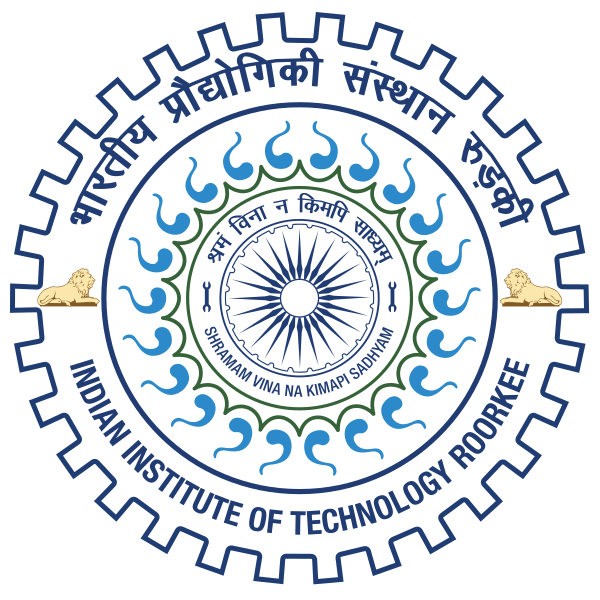Please use this identifier to cite or link to this item:
http://localhost:8081/jspui/handle/123456789/13170Full metadata record
| DC Field | Value | Language |
|---|---|---|
| dc.contributor.author | Bhargava, Lieuteant Colonel Pankaj | - |
| dc.date.accessioned | 2014-12-05T06:27:42Z | - |
| dc.date.available | 2014-12-05T06:27:42Z | - |
| dc.date.issued | 2007 | - |
| dc.identifier | M.Tech | en_US |
| dc.identifier.uri | http://hdl.handle.net/123456789/13170 | - |
| dc.guide | Gupta, Bharat | - |
| dc.guide | Shaema, J. D. | - |
| dc.description.abstract | Distribution systems are an important part of electrical power systems in delivery of electricity to consumers. All modern distribution networks, although built with the highest degree of sophistication, suffer outages due to various reasons. The restoration of electric supply to the affected areas of a distribution system is a difficult task. When a fault occurs on a feeder, the faulted section has to be first identified and isolated. The isolated sections will have to be fed from alternative, feeders until the faulty cable is repaired, a task that could take some time. The restoration of supply to isolated sections involves the opening and closing of switchgear so as to feed the isolated sections from alternative routes. Customer satisfaction and service reliability are of primary concerns in the power industry. Several studies on power utilities' experience suggest that customer satisfaction is closely correlated with service interruption frequency and interruption duration. The main objective of service restoration is to restore as many loads as possible (i.e., minimize loads in out-of-service areas) by transferring de-energized loads in the out-of-service areas to other supporting distribution feeders without violating operating and engineering constraints via network reconfigurations. In this dissertation, a Geographic Information. System(GIS) platform based reconfiguration algorithm has been developed in MATLAB for Optimal restoration in a distribution network using Genetic algorithm christened as Integrated Distribution Restoration System(IDRS). It caters for the main objective function of minimisation of loads in out-of-service areas in a distribution system using network reconfiguration and additional objective functions of minimisation of active losses and minimisation of manual switches operation under specified constraints including bus voltage limits, line ,current limits, radiality of reconfigured system and catering for key/important customers such as hospitals etc. The output obtained from the above algorithm is in terms of ideal topology for the above mentioned objective functions. This output has then been interfaced with a GIS platform for easier display, analysis and assimilation. The algorithm was tested on a 12 bus, 11 branches, 7 zones, 9 switches and 98 feeders. Indian Institute of Technology, Roorkee, India distribution system and the results obtained were quite encouraging. The complete set of data required for the physical testing of the algorithm including the bus voltages, line currents, KW loads, power factor as well as spatial data required 111 for GIS such as locations of all substations, Transformers, Buses, road network, buildings and alignments of all 11 KY and 440 volts feeders along with necessary distances were collected from IIT, Roorkee in an extensive ground survey over a six months period. This also included averaged hourly data over a long period of time so that accuracy and genuineness of the data was greatly enhanced. Detailed & periodic discussions/conferences were also carried out with the staff of the IIT, Roorkee Maintenance Engineers Department for understanding the current system and the problems faced by them along with the mid-course evaluations of the dissertation work. ArcView 3.2a has been used for developing the display of all the above data collected including development of attributes databases for the same. The data also specifically includes the latitudes and longitudes of each object. This was achieved by amalgamation of IIT, Roorkee satellite image with the various network layers. The algorithm was able to clearly give out the ideal topologies which when implemented will give optimal restoration for the said distribution network. Thus it is concluded that the GA based Distribution system restoration methodology is a fast and a reliable technique that can assist system operators following the occurrence of a fault in the distribution system. - iv | en_US |
| dc.language.iso | en | en_US |
| dc.subject | ELECTRICAL ENGINEERING | en_US |
| dc.subject | OPTIMAL RESTORATION POLICY | en_US |
| dc.subject | DISTRIBUTION NETWORKS | en_US |
| dc.subject | GEOGRAPHIC INFORMATION SYSTEM | en_US |
| dc.title | OPTIMAL RESTORATION POLICY FOR DISTRIBUTION NETWORKS | en_US |
| dc.type | M.Tech Dessertation | en_US |
| dc.accession.number | G13084 | en_US |
| Appears in Collections: | MASTERS' THESES (Electrical Engg) | |
Files in This Item:
| File | Description | Size | Format | |
|---|---|---|---|---|
| G13084.pdf | 3.32 MB | Adobe PDF | View/Open |
Items in DSpace are protected by copyright, with all rights reserved, unless otherwise indicated.

